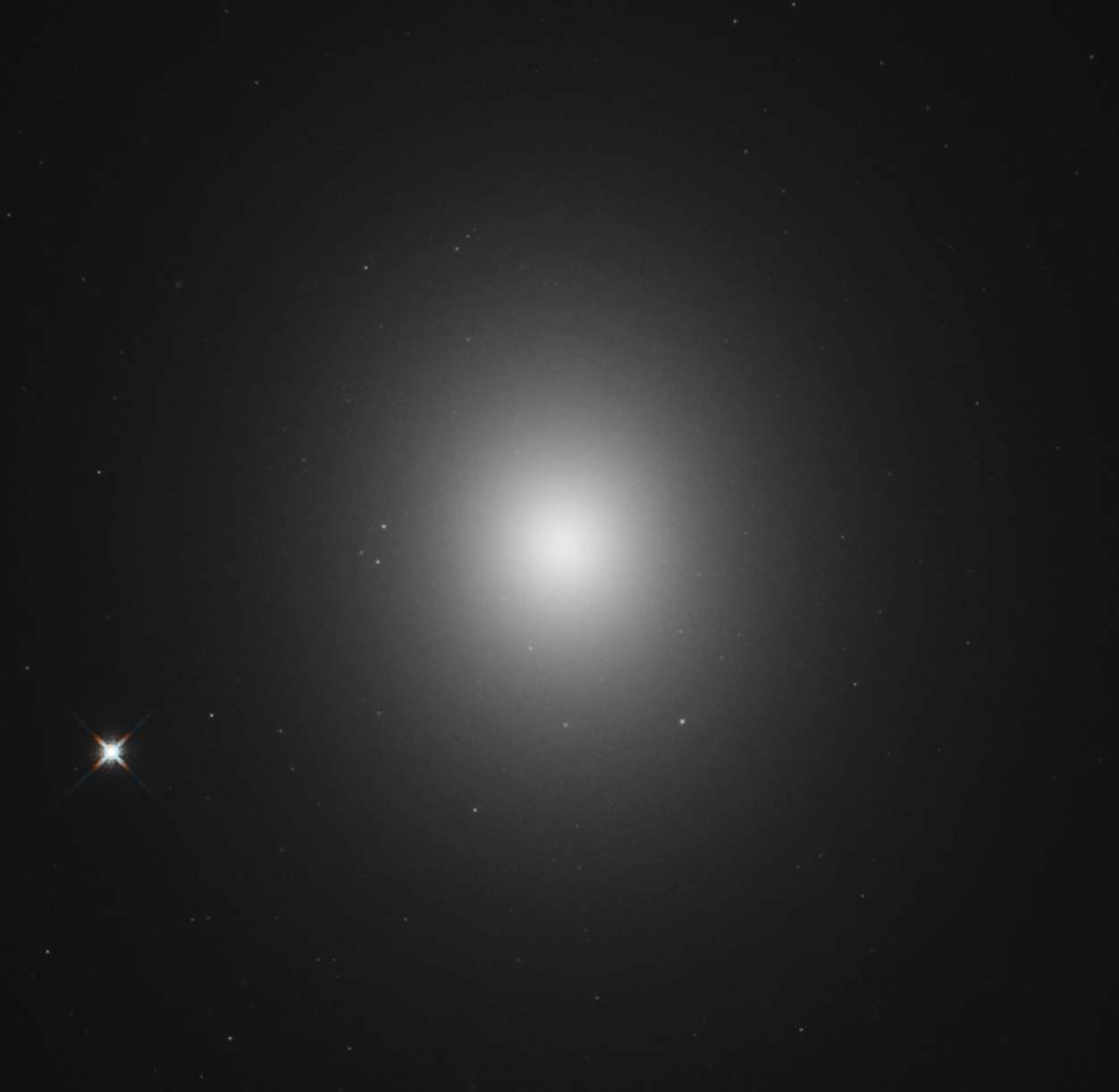M49 | NGC 4472 | Elliptical Galaxy | Virgo | 56,000,000 Light Years Away
Messier 49 is a massive elliptical galaxy located in the constellation Virgo, and it is part of the Virgo Cluster, a rich grouping of galaxies. Discovered by the French astronomer Charles Messier in 1771, this galaxy is situated approximately 56 million light-years away from Earth. With a diameter of about 157,000 light-years, Messier 49 ranks among the largest galaxies in the Virgo Cluster.
Characterized by a smooth and featureless appearance, Messier 49 lacks the prominent spiral arms and active star-forming regions seen in some other galaxy types. Instead, it contains an old population of stars, and its overall structure suggests a mature galaxy that has undergone significant evolution over cosmic time. Observations of Messier 49 contribute to our understanding of the formation and dynamics of massive elliptical galaxies, providing insights into the complex processes that govern the evolution of galaxies within dense cosmic environments like the Virgo Cluster.
Messier 49 is an important target for astronomers studying galaxy clusters, as it serves as a representative example of the numerous elliptical galaxies found within these structures. Its inclusion in Charles Messier’s catalog reflects the historical significance of identifying and documenting celestial objects, contributing to our collective knowledge of the vast cosmic landscape. While perhaps less visually striking than some other objects in the Messier catalog, Messier 49 holds a key place in the exploration of galactic evolution and the broader cosmic structures that shape our understanding of the universe.

